The active substance Sumatriptan is found in medications used to treat acute migraines or cluster headaches. On the one hand, the remedy constricts the blood vessels during a migraine, and on the other hand, it inhibits the transmission of pain.
What is Sumatriptan?

Sumatriptan is assigned to the triptans drug group. It is used to combat migraines with or without aura, as well as to treat cluster headaches. The active ingredient can be administered in the form of tablets, suppositories, nasal sprays or injections. As an injection solution, the remedy is primarily suitable for cluster headaches. Suppositories are available for patients who experience nausea and vomiting during an attack.
During sumatriptan treatment, strict guidelines regarding the maximum daily dose as well as the dosing interval must be followed. It is recommended that sumatriptan therapy be carried out under the supervision of a doctor. However, the remedy can also be purchased in the pharmacy without a prescription. Since 2013, the remedy has been partially released from the prescription requirement. Due to this legal change, patients can provide themselves with the desired migraine drug.
Pharmacological effect
The principle of action of sumatriptan is based both on the inhibition of neurogenic inflammation and on the constriction of the vessels, which were dilated by the migraine itself. The signs of most migraine headaches result from a temporary swelling of the blood vessels. Sumatriptan-containing preparations specifically only relieve the symptoms that are caused by migraines or cluster headaches. Other types of pain are not affected.
In the body, sumatriptan reaches the brain via the bloodstream. There it activates a certain receptor, the so-called 5-HT1 receptor. As a result, the blood vessels are narrowed by the stimulation. In addition, the increased release of inflammatory messenger substances by nerve cells is prevented.
The effectiveness of sumatriptans has been scientifically proven. About 50 to 70% of patients experience a significant improvement in symptoms after a migraine attack. In many cases, complete disappearance can be achieved. Sumatriptan's principle of action does not help with headaches that are not caused by migraines. The effectiveness is clearly limited to migraine and cluster headaches. The headache may recur within 48 hours.
Medical application & use
Sumatriptan-containing preparations should be used at the first sign of a migraine. However, it is not a prophylactic agent that can be taken preventively.
When ingested, patients can take a single dose of 100mg up to two times a day. It is important to keep a time interval of four hours. Sumatriptan starts to work within 15 minutes of injections. Patients experience relief from the symptoms after taking a tablet after about 30 minutes.
Individuals should be under medical supervision when recruiting to sumatriptan. At the beginning of treatment, the normal dose is 50mg. A maximum dose of 300 mg for tablets and 12 mg for injections must not be exceeded within 24 hours. In principle, a maximum of six migraine attacks per month may be treated with sumatriptan.
Other medicines should be used for treatment in children and adolescents under 18 years of age. Older people over 65 years of age and women who are pregnant or breastfeeding should also refrain from using it. In addition, it should be noted that slight drowsiness may occur during treatment with sumatriptan. As a result, the ability to drive and use machines may be impaired.
Risks & side effects
The use of the drug causes nausea and vomiting in about 14% of patients. About 5-10% of users also complain of tiredness, heat or dizziness. Sensory disturbances up to paresthesia and hypesthesia are also possible. Increased blood pressure, shortness of breath, pain or tightness in the chest are often observed. Drowsiness or a feeling of heaviness are rare. According to the latest findings, the use of sumatriptan warns of angina pectoris symptoms, which in some cases can last up to 12 hours.
In some cases, therapy with the active ingredient sumatriptan may not be used. This applies to patients with coronary heart disease, after a heart attack or stroke, with uncontrolled high blood pressure and with Raynaud's syndrome. Particular caution is required in patients with impaired liver and kidney function.


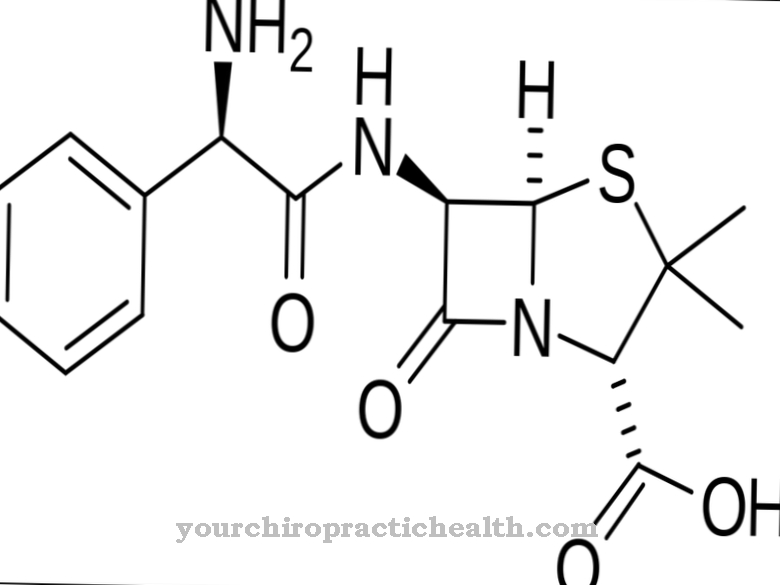
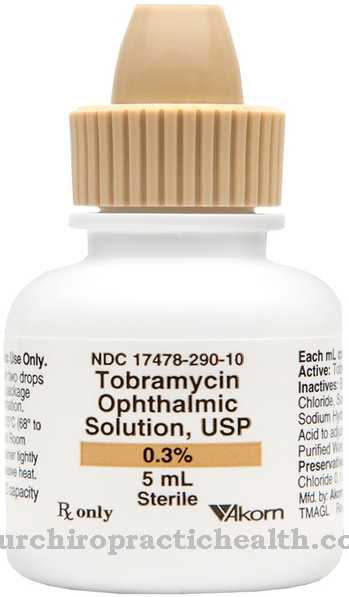

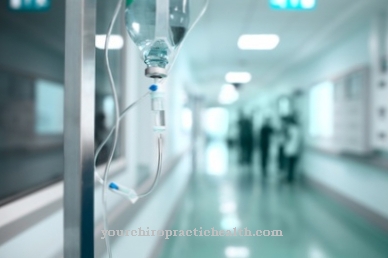
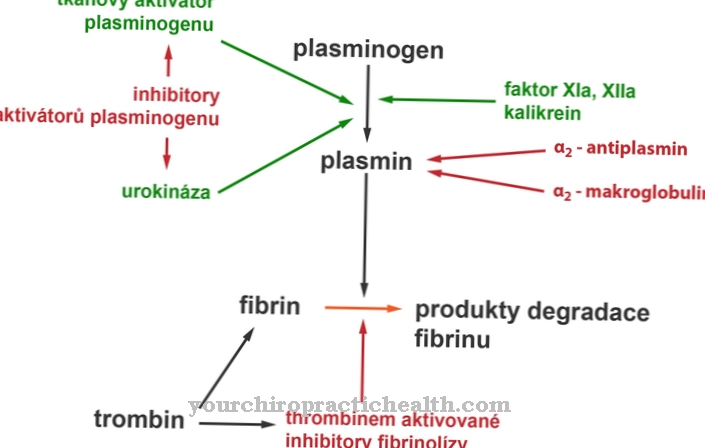



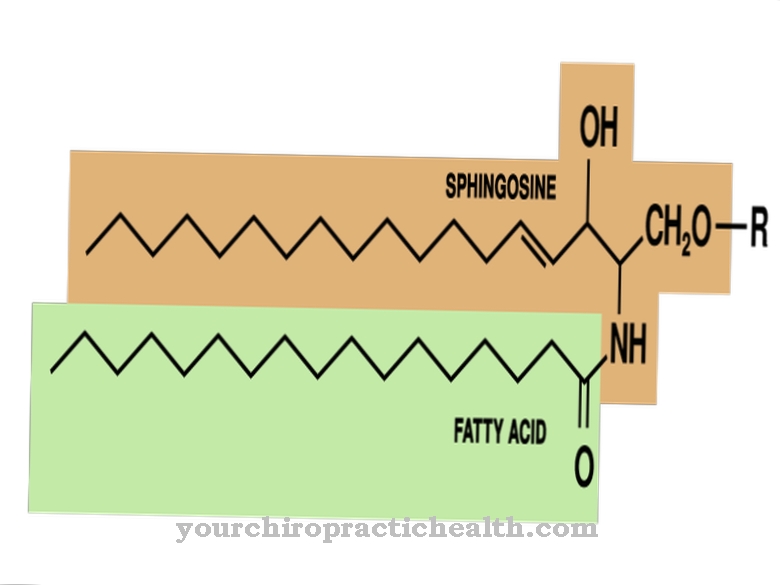
.jpg)


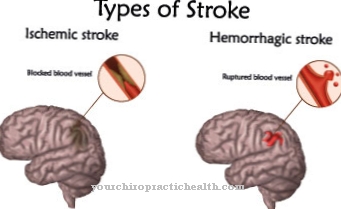


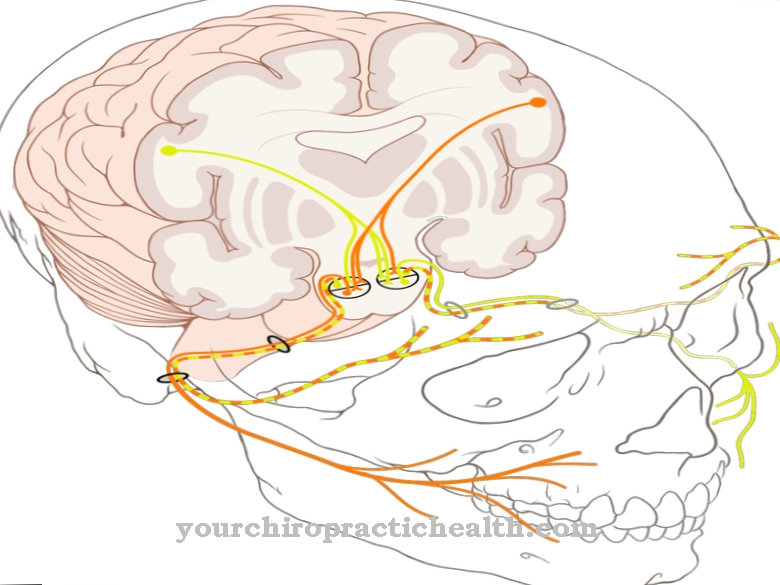


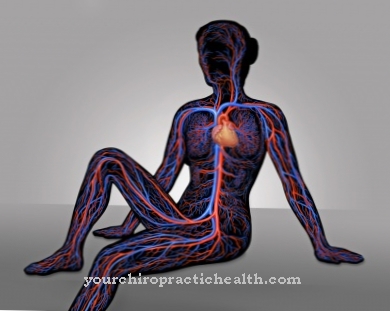





.jpg)

